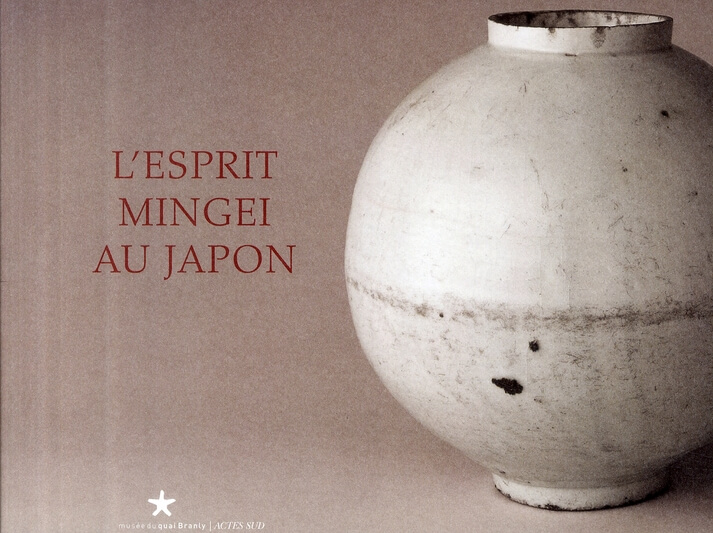In his book published in 2008, L’Esprit Mingei au Japon (‘The Mingei Spirit in Japan’), general curator of heritage Germain Viatte reveals the secrets of the success of this new artistic movement, between tradition and modernity.
Facing a country that only considered aristocratic art and the uniformity of globalisation, Japanese philosopher Soetsu Yanagi (1889-1961) decided to reassert the beauty of everyday objects (getemono). Thus, a new generation of artists and artisans adopted the mingei movement, using natural and high-quality materials. While remaining contemporary, the pieces, mainly derived from pottery and ceramics, are adorned with simple colours and motifs. Authenticity, modernity and simplicity are the watchwords for this approach. ‘It needs to be modest but not shoddy, inexpensive but not fragile. Dishonesty, perversity, luxury: these are what mingei objects must absolutely avoid’, wrote the founder of the movement, Soetsu Yanagi, in The Meaning of Mingei (1933).
Read the full article on Pen.


Comments